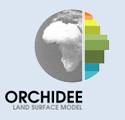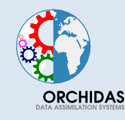 |
EYE-CLIMA (2023-2026) is a Research and Innovation project funded by the European Commission under the Horizon Europe programme. EYE-CLIMA aims to improve estimates of emissions and removals of the most important greenhouse gases (CO2, CH4, N2O and six F-gases), as well as black carbon, to support European and international policy to reduce emissions. |
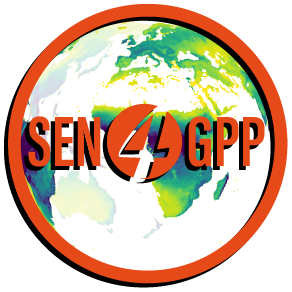 |
Sen4GPP (2021-2023) is an ESA funded project which main objectives concern the development of prototype GPP products derived from the synergistic exploitation of the Sentinel Copernicus mission. The prototype GPP products will be evaluated against optimized GPP simulated by ORCHIDEE after model data. |
|
JACOSI (CNES, 2020-2022): construction of a data assimilation system to test the combined potentiel of future satellite (MicroCarb) measures of atmospheric CO2 concentration (integrated column) and vegetation fluorescence (SIF) to estimate biospheric CO2 fluxes. |
 |
DESTRESS (2020-2022) is a research fellowship partly funded by ESA as part of their CCI programme. ESA CCI fellowships are based around investigating one or more of their long-term data records. In DESTRESS, we are focusing on surface soil moisture and land surface temperature data. |
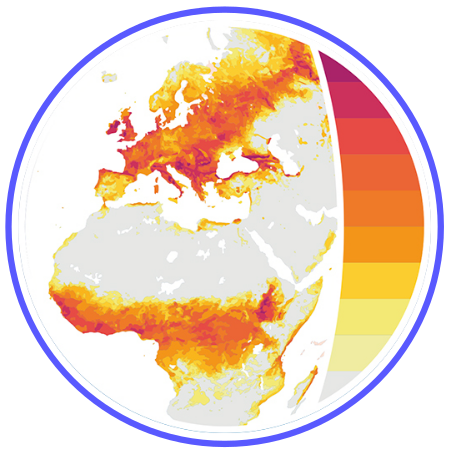 |
TROPOSIF (2019-2021) is an ESA funded project aiming at retrieving Solar-Induced Fluorescence (SIF) from the observations of the TROPOMI instrument onboard Sentinel-5p and at demonstrating the positive impact that the TROPOMI SIF product can have on a range of vegetation and carbon cycle-related research topics (which includes the assimilation of the resulting TROPOSIF data set into the state of the art ORCHIDEE terrestrial biosphere model). |
 |
VERIFY (2018-2022) develops a system to estimate greenhouse gas emissions to support countries’ emission reporting to the UN Climate Change Convention Secretariat. The emissions are estimated based on land, ocean and atmospheric observations. The project focuses on the three major greenhouse gases responsible for global warming: carbon dioxide (CO2), methane (CH4) and nitrous oxide (N2O). |
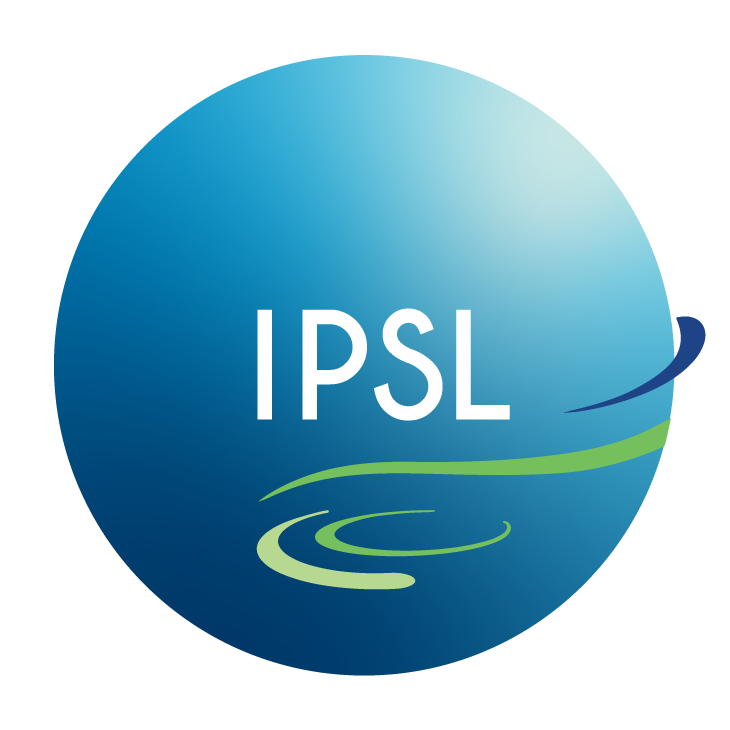 |
ASSETS (2017-2020) is a L-IPSL funded project aiming at characterizing ecosystem services, in the particular case of an intensive cereal, drained agricultural plot where water shallow infiltration and transport are monitored. The focus is set on water content in the 2m-layered soil and on water outflowing of the drainage system. |
|
FluOR (2015-2017) and ECOFLUO (2018-2020) projects funded by CNES-TOSCA which contributed to the implementation of a Solar-Induced Fluorescence (SIF) module in ORCHIDEE and the assimilation of space-borne SIF data. |
 |
The core objective of ERA-CLIM2 (2013-2017) project is to apply and extend the current global reanalysis capability in Europe, in order to meet the challenging requirements for climate monitoring, climate research, and the development of climate services. |
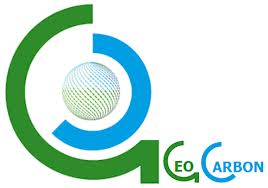 |
GEOCARBON (2012-2014) is a European FP7 project with a global perspective, with the ultimate aim to lay the foundations for an operational Global Carbon Observing and Analysis System in support to both science and policy. |
 |
ExpeER (2011-2014) is a major European Infrastructure project in the field of Ecosystem Research. ExpeER will, for the first time, federate existing national infrastructures, improve their research capacity whilst at the same time facilitating access to those key experimental and observational platforms as well as analytical and modelling facilities for the benefit of the international research community. |
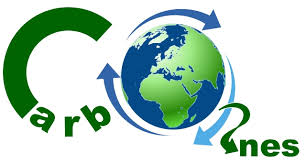 |
CARBONES (2010-2013) is a EU FP7-funded project aiming to provide a 30-year long re-analysis of carbon fluxes and pools over Europe and the globe, in form of a user-friendly on-line interface. |
|
CAMELIA (2007-2009) is an ESA funded project which contributed to the initial developments of the ORCHIDAS system and first studies on the joint assimilation of in situ flux measurements and FAPAR data derived at sites as well as from space-borne observations. |

